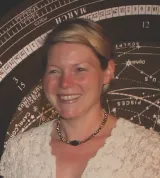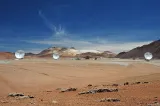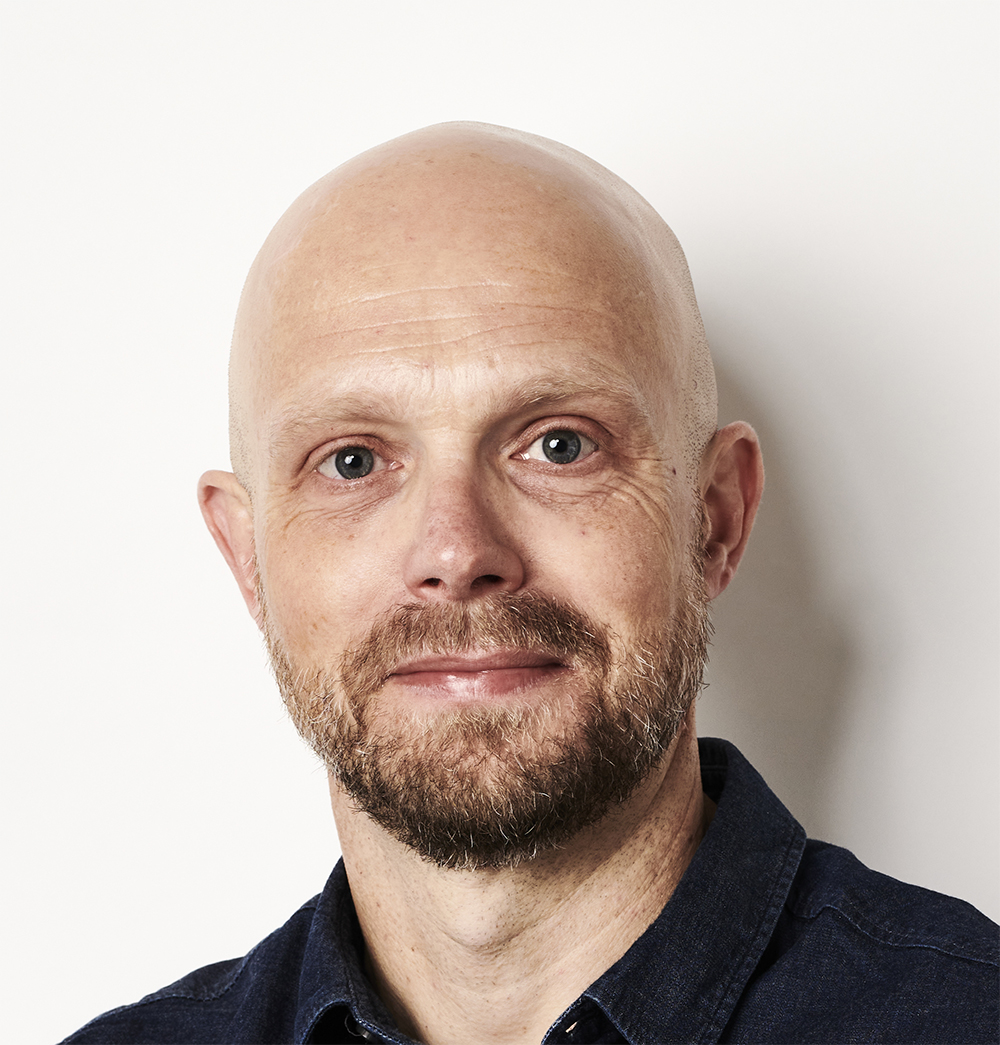In the week running up to the 700th episode of The Sky at Night airing on 6 March 2011, we’re releasing some of our interviews with the show’s producers and co-presenters, which reveal fascinating behind-the-scenes insights into what it’s like to work on one of the longest-running shows in TV history. Here’s our recent interview with Jane Fletcher, The Sky at Night’s current producer.

Do you have a favourite episode that you’ve produced?
My favourite programme is always the last one that I’ve just made. I couldn’t pick out one episode – it’s little bits that feature for me as highlights. Like Patrick in his study with two guests showing how the Solar System works with ping pong balls, or Fred Watson illustrating the transit of Venus with two hula hoops and a lemon.
Things like that will always stay with me because they’re so ‘Sky at Night’. They’re simple ways to illustrate the wonders of the Universe, without having to commission extortionately expensive graphics.
What’s the most challenging aspect of the show?
Trying to illustrate astronomy has got to be the most challenging aspect, in a TV sense. You’ve only got a finite time to film something – you can’t go back and do it again the next night – we’ve booked a crew, which is very expensive, we’ve booked everybody’s time, and we’ve got to get a programme done come what may, even if it’s cloudy or raining.
And Patrick understands that, he’s always joking about how he’s brewed some potion to keep the clouds away, and down in Selsey his potions usually work. We’ve been more lucky than unlucky.
But that’s the most challenging aspect, when you’ve got people coming from far afield to film something like an eclipse or a transit, you’re praying that the clouds are going to disappear at the right time.
Do you have any favourite use of props?
This is where The Sky at Night really comes into its own. Anything that involves fruit is a definite winner – lemons, oranges, we even got an advocado on last month’s programme.

We don’t have a massive graphics budget and we have to be imaginative about how we try and illustrate things. We used Play-doh and moulded the shape of Comet Hartley, for instance (see right), so we could have something to illustrate the various theories about its formation.
What was the most major discovery that you covered on The Sky at Night?
I think the most major one has to be the landing of the Huygens probe on Titan, which we covered with John Zarnecki at ESA in Darmstadt. When the first signals came back, everyone was cheering, but then we hit a lull.
There were two pathways for the signal to come back from Huygens and one hadn’t worked, so we could tell there was a problem. We went to the canteen for some food, and then in walked the Cassini team and set up a projector to show the first images of Titan – that pebble-beach image.
We sat there with all these space scientists eating pickles and sausages, looking at the first images of another world. That was really mind-blowing.
What was the most challenging location that you filmed in?
Filming at night is always challenging. You’ve always got to be careful because people are getting tired, you start getting slow, you start getting cold. And being in charge of a team at night under those conditions you’ve always got to be careful that no one’s getting too cold.

In terms of location, the Atacama Desert was a real test. We went to the ALMA sub-millimetre array (see left) that’s up there, 5.5km above sea level, and we had to take our own oxygen tanks.
We were briefed about altitude sickness and we had to rehearse pieces to camera beforehand so we didn’t have to improvise up there when we were feeling light-headed.
When we filmed in Hawaii at 4.5km above sea level, we felt those effects too. You get strange dreams and you can understand why ancient cultures developed this ethos of going up there and having spiritual experiences.
